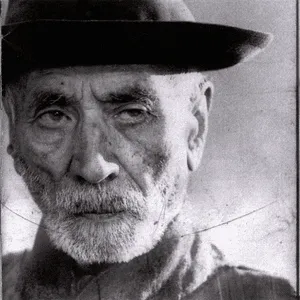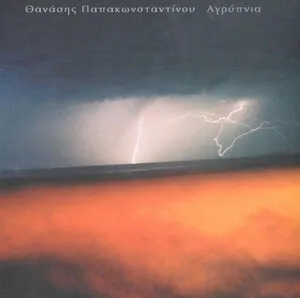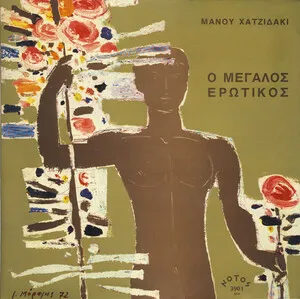Greek music is a broad umbrella for the musical traditions and popular styles of Greece, spanning from ancient theoretical lineages to contemporary pop, rock, and urban fusions.
It is characterized by modal melodies (dromoi) that relate to the Eastern maqam/Byzantine echoi systems, richly ornamented vocals, and distinctive asymmetric dance meters such as 7/8, 9/8, and 5/8. Signature instruments include the bouzouki and baglamas in urban styles, as well as violin, clarinet, laouto (lute), santouri (hammered dulcimer), and various regional folk instruments.
Across the 20th century, Greek music moved from the Smyrna/Constantinople café-aman and rebetiko idioms to laiko, entechno (art song), and modern laiko, while parallel folk traditions (dimotika) continued to thrive. Contemporary Greek music blends these roots with Western pop and rock forms, often preserving Greek-language lyrics and dance-oriented rhythms.
Greek musical thought originates in antiquity, where concepts of mode, ethos, and mathematical tunings were systematized. Instruments like the lyre and aulos accompanied poetry, drama, and ritual. In late antiquity and the medieval period, this legacy continued through Byzantine chant (psaltic art), a primarily monophonic, modal tradition (echoi) that shaped sacred repertoire and vocal aesthetics across the Greek world.
From the early modern era into the 19th century, Greek urban music interacted intensively with Ottoman cosmopolitan culture, absorbing the modal and rhythmic vocabulary of café-aman and Smyrna/Constantinople repertoires. The 1922 population exchange (Asia Minor Catastrophe) brought refugee musicians and styles to mainland Greece, catalyzing hybrid urban genres in Piraeus and Athens.
Rebetiko emerged as an urban, working-class genre featuring bouzouki and baglamas, modal improvisation (taximi), and lyrics about love, exile, and marginal life. Early Piraeus rebetiko was later refined by composers such as Vassilis Tsitsanis, who broadened its themes and harmonic palette. State censorship in the late 1930s altered lyrical content and performance practice, but rebetiko’s aesthetics remained foundational.
In the postwar decades, laiko transformed urban song into a mainstream national music, with amplified bouzouki (including four-course innovations by Manolis Chiotis) and radio/film exposure. In parallel, entechno (art song) by composers like Mikis Theodorakis and Manos Hadjidakis married poetry with orchestration, elevating songcraft while maintaining Greek modal and rhythmic idioms. Regional folk traditions (dimotika) persisted and interacted with these currents, while political upheavals (including the junta) fueled protest songs and cultural resilience.
From the 1980s onward, modern laiko and pop-rock hybrids brought Greek music to larger audiences, while neo kyma, entechna laika, and regional styles continued to evolve. Contemporary production integrates Western harmony and studio techniques without losing characteristic meters, modal gestures, and Greek-language lyricism. Diasporic circulation and European media have further diversified the sound, yet dance, narrative lyricism, and the bouzouki’s timbre remain unmistakable hallmarks.
Decide whether you are writing in a folk/dimotiko vein, urban rebetiko/laiko, art-song (entechno), or pop-rock crossover. This choice guides instrument selection, rhythm, and vocal delivery.
Use signature meters and groupings:
•Zeibekiko: 9/8 (2+2+2+3), introspective, solo dance feel.
•Hasapiko: 4/4 (or 2/4), steady, walking dance pulse.
•Tsifteteli: 4/4 with lilting, belly-dance inflection.
•Kalamatianos: 7/8 (3+2+2) for folk dance; Syrtos often in 2/4 or 4/4.
•Keep percussion subtle; groove comes from right-hand articulation on bouzouki/guitar and bass motion.








